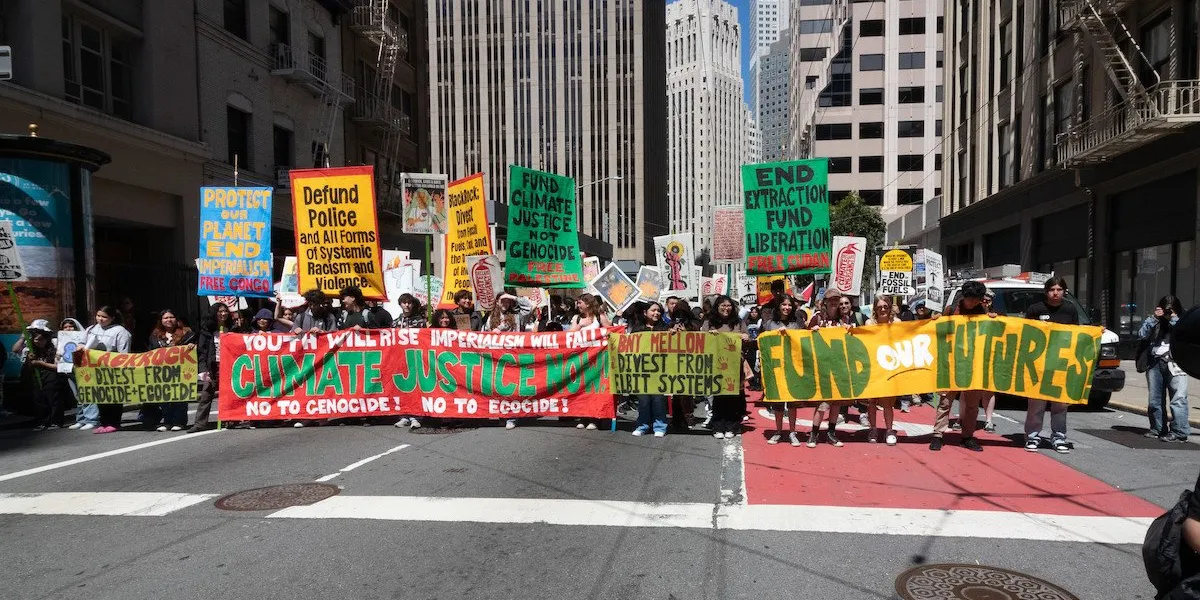Green Shutdown: Trump's Bold Move Dismantles Environmental Watchdog Agencies

Environmental Rollback: Trump Administration Accelerates Dismantling of Green Initiatives
In a sweeping move that has alarmed environmental advocates, the Trump administration is rapidly dismantling critical environmental protections and restructuring key federal agencies. The Washington Post reports a comprehensive shutdown of environmental programs, with significant implications for the U.S. Environmental Protection Agency (EPA) and Justice Department.
The administration's aggressive strategy involves placing numerous employees on administrative leave and systematically deconstructing essential environmental offices. This unprecedented action signals a dramatic shift in the government's approach to environmental regulation and conservation efforts.
Journalists Maxine Joselow and Amudalat Ajasa have documented the extensive changes, revealing a coordinated effort to reduce the scope and influence of environmental oversight mechanisms. The rapid deconstruction of these agencies suggests a deliberate policy of reducing federal environmental protections and regulatory frameworks.
As federal employees are sidelined and critical offices are dismantled, environmental experts and activists are raising serious concerns about the long-term consequences of these administrative actions. The move represents a significant departure from previous environmental policy approaches and could have far-reaching implications for climate change mitigation and environmental conservation.

